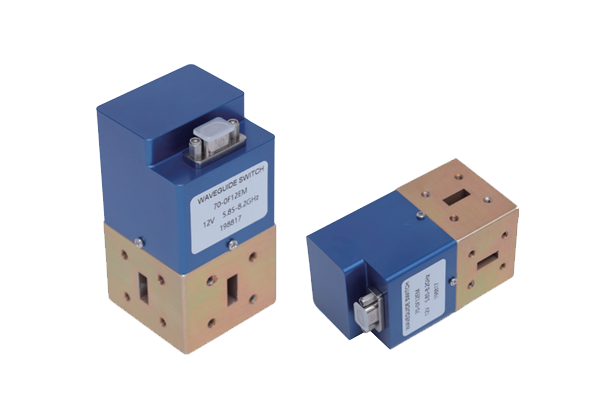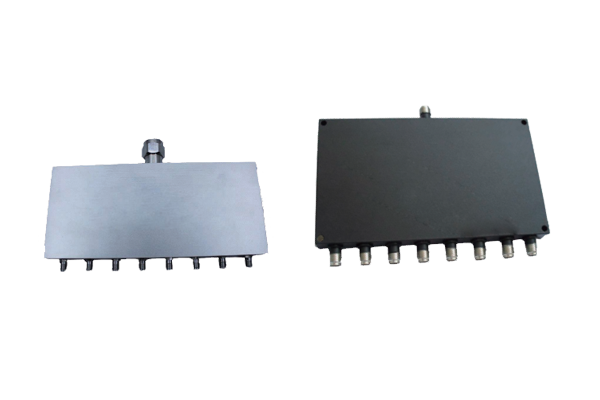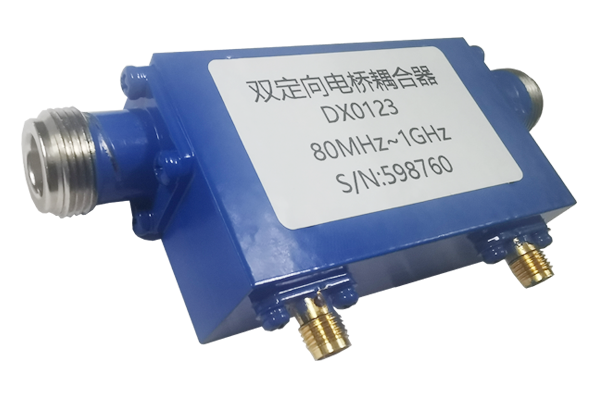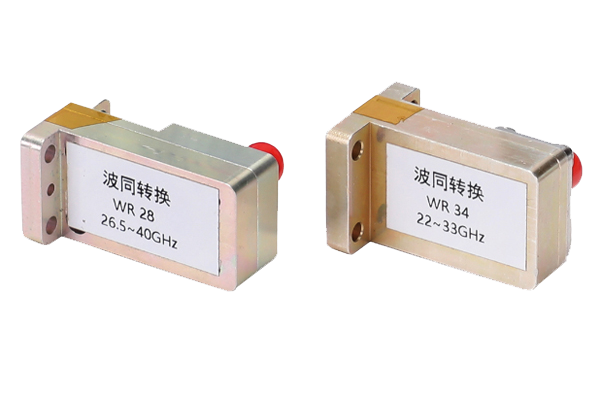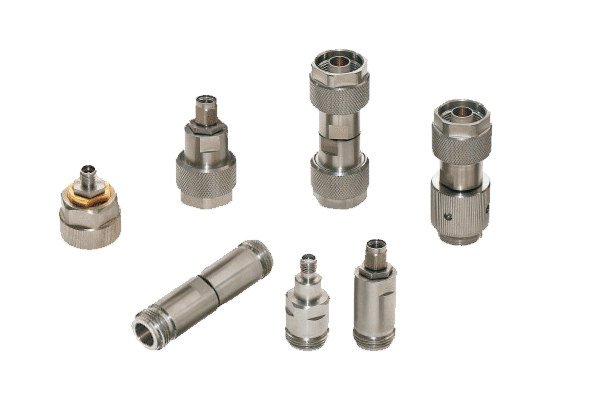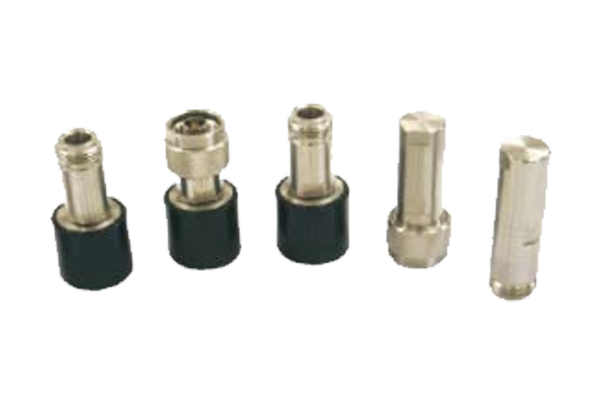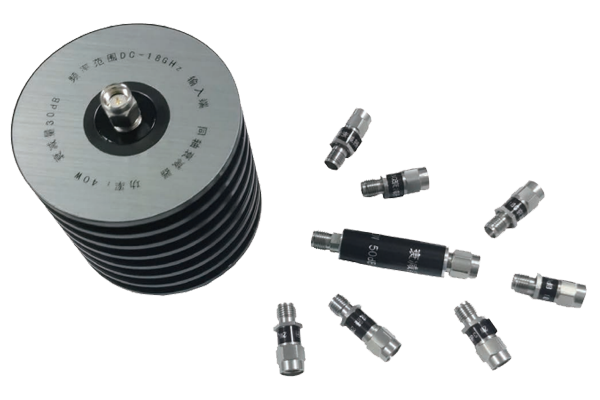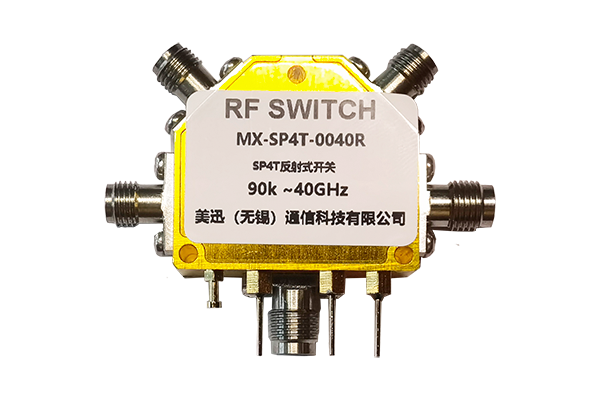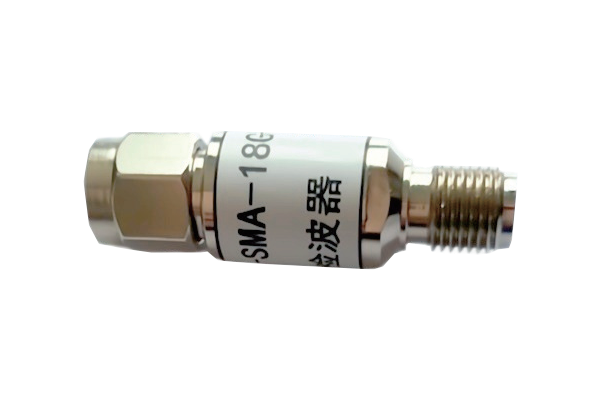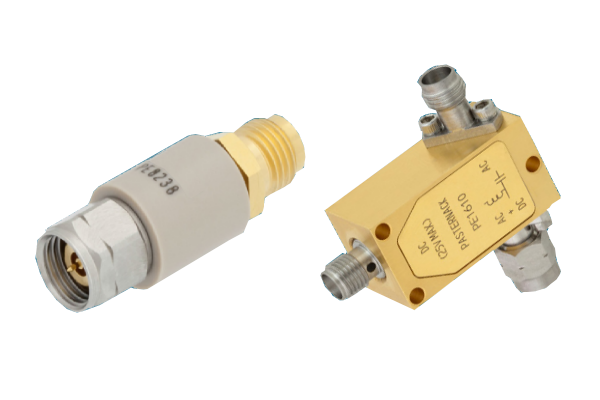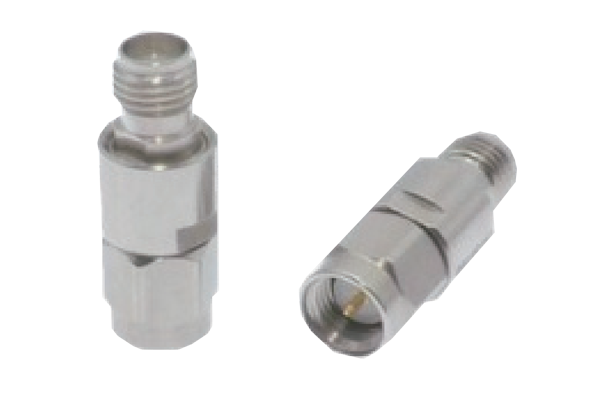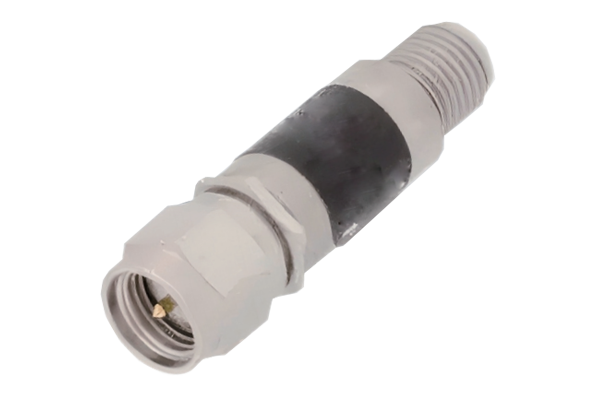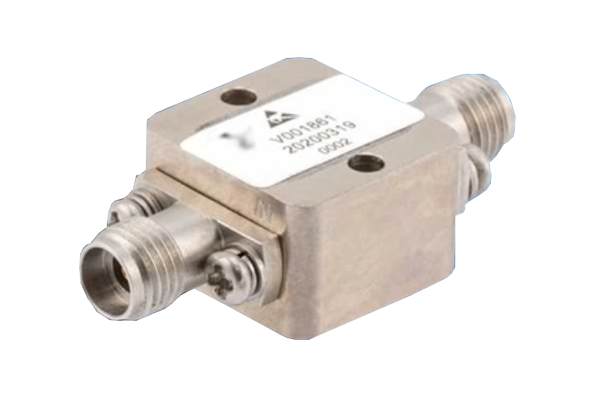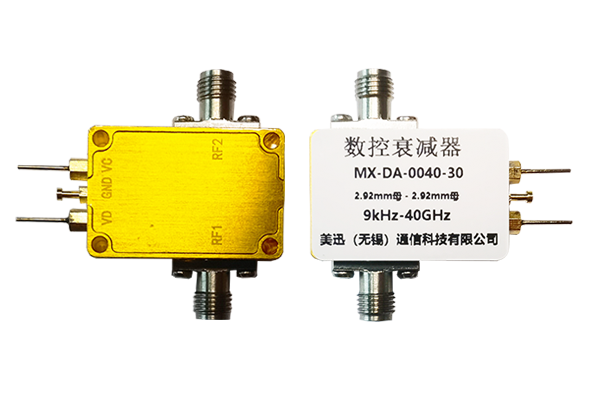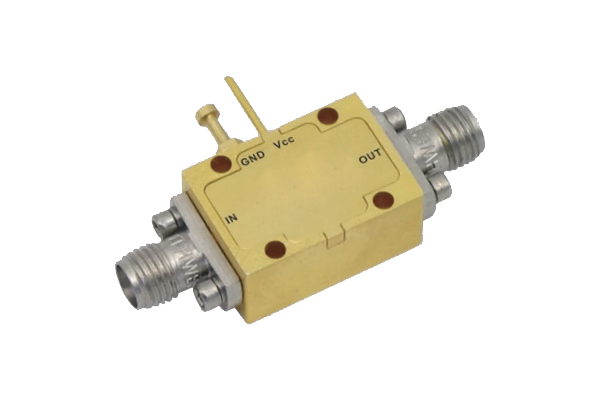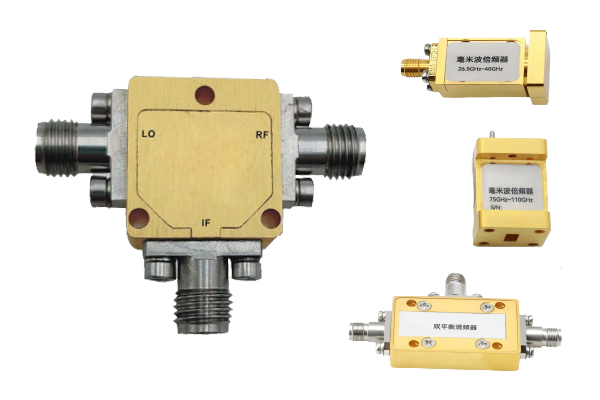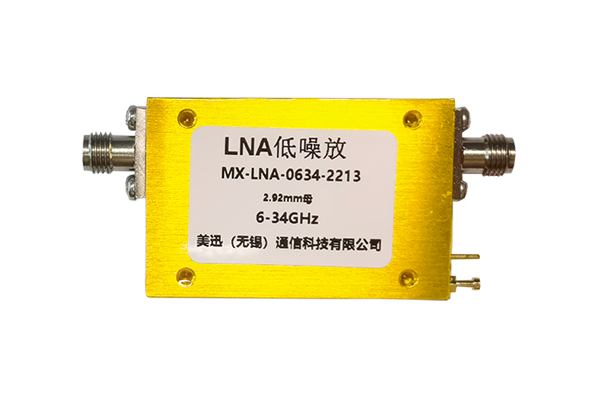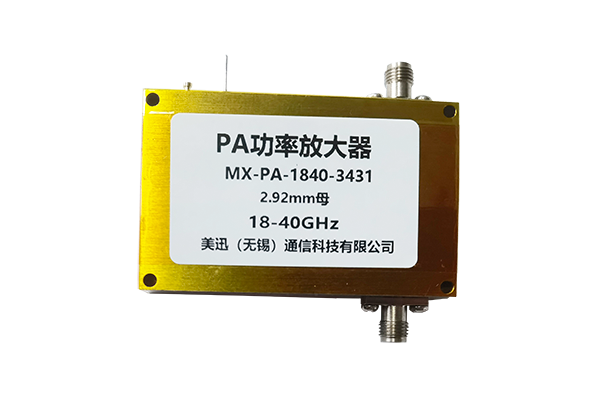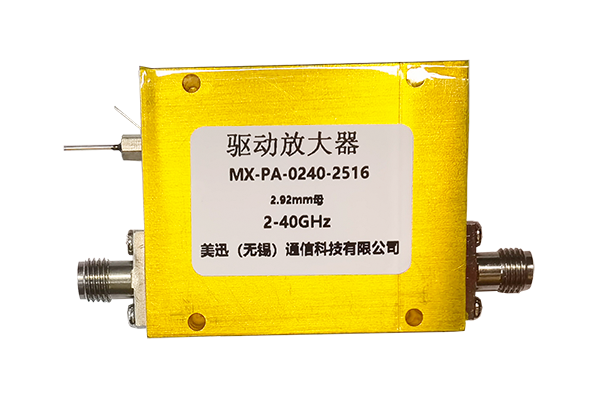How to select the coupling degree of an RF coupler according to application requirements
RF Coupler Selection Guide
Power Distribution Needs
Selecting the appropriate coupling degree of an RF coupler depends on aligning its specifications with specific application requirements, ensuring optimal signal transfer and system performance.
- -20 dB to -30 dB: Suitable for signal monitoring or sampling (e.g., in radar or communication systems)
- -3 dB to -6 dB: Ideal for power splitting applications (e.g., distributing signals to multiple antennas)
A lower coupling degree diverts a small, non-intrusive portion of the signal for analysis without degrading the main line's power, while higher coupling degrees divide power more evenly between ports.
System Dynamic Range
The system's dynamic range is another critical factor in selecting the appropriate coupling degree.
- Low-power systems (e.g., IoT sensors) may need -10 dB coupling to ensure measurable signals
- High-power transmitters require lower coupling to prevent damage to sensitive monitoring equipment
The coupling degree must balance sensitivity and overload risk, ensuring the coupled signal is strong enough to be detected without exceeding receiver input limits.
Frequency Range Compatibility
Frequency range compatibility is essential as coupling degree can vary with frequency due to the coupler's design.
- Wideband systems (e.g., 5G base stations) need couplers with flat coupling response
- Narrowband applications (e.g., satellite communication) require coupling degree alignment with target frequency
For wideband systems, choosing a coupler with minimal variation across frequencies prevents signal distortion, while narrowband applications may tolerate more variation.
Loss Budget and Efficiency
Loss budget and efficiency considerations play a significant role in coupling degree selection.
- Higher coupling degrees introduce greater insertion loss in the main line
- Power-constrained systems (e.g., battery-powered devices) prefer lower coupling with minimal loss
- Loss-tolerant systems (e.g., high-power broadcast transmitters) can accommodate higher coupling
Engineers must calculate the acceptable loss margin based on system requirements and power constraints.
Validation and Testing
Finally, validating the selection through simulation or prototyping ensures optimal performance.
- Simulation to predict performance across operating conditions
- Prototyping to account for real-world factors
- Testing for impedance mismatches and environmental interference
Practical validation ensures the coupling degree performs as intended in the actual operating environment.
Selecting the optimal coupling degree requires careful consideration of power distribution needs, system dynamic range, frequency compatibility, and loss budget. By methodically evaluating these factors and validating through simulation or prototyping, engineers can ensure the selected RF coupler delivers optimal performance for its intended application while maintaining system efficiency and signal integrity.




